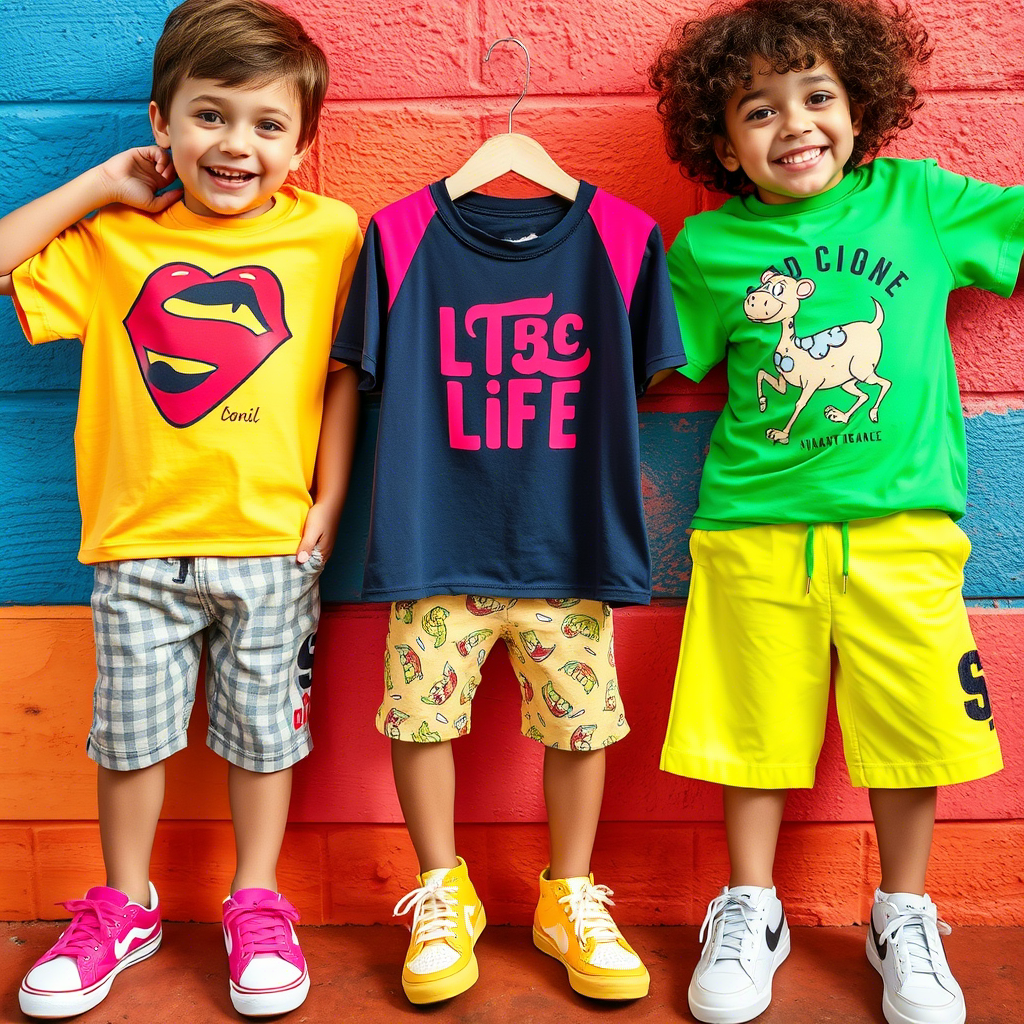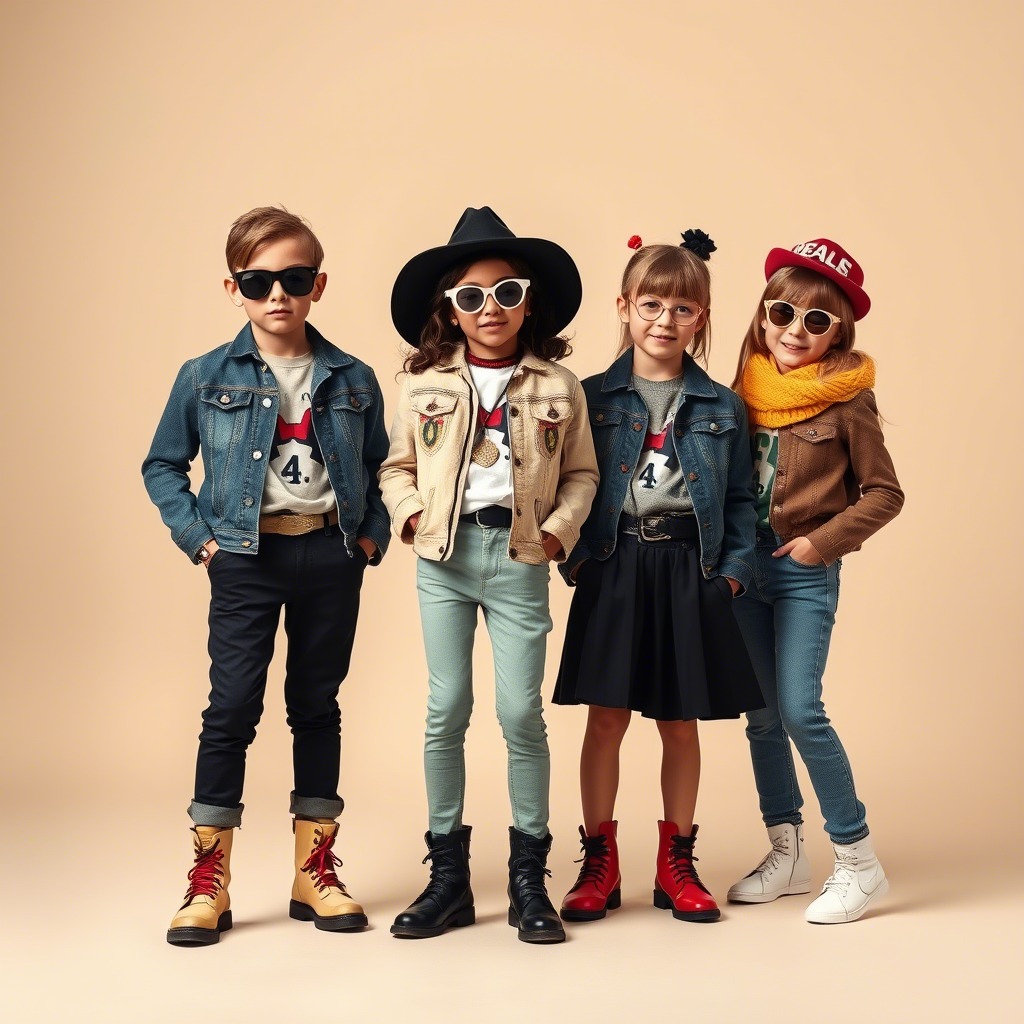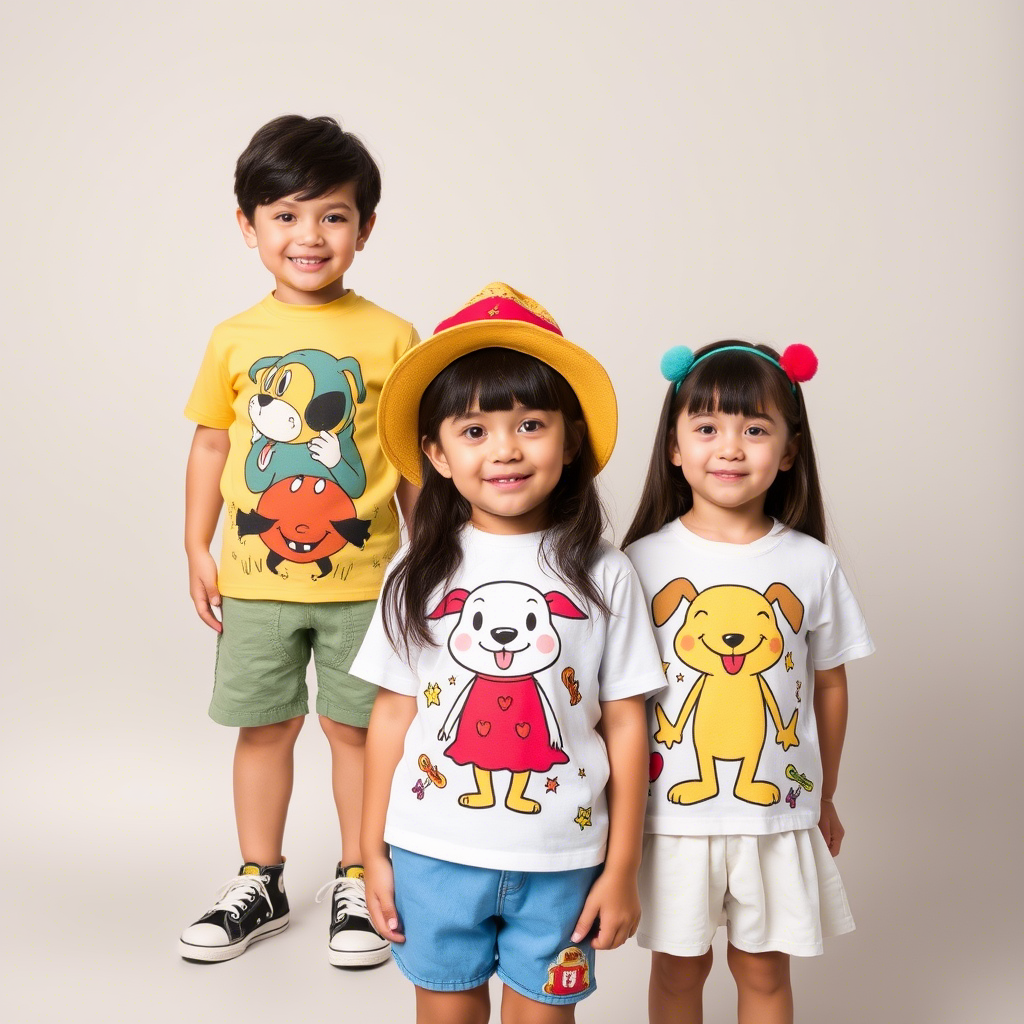Kids Apparel and Clothing for Fashion Brands
The kids’ apparel market is a rapidly evolving sector within the fashion industry, driven by changing consumer preferences, technological advancements, and the growing demand for sustainable and comfortable clothing. As a result, fashion brands are focusing on creating high-quality, stylish, and functional kids’ clothing that meets the needs of both children and their parents. In this article, we will explore the key aspects of kids’ apparel and clothing for fashion brands, including design trends, production considerations, and marketing strategies.
Understanding the Kids’ Apparel Market
The kids’ apparel market is a significant segment of the global fashion industry, with a growing demand for clothing that is both stylish and functional. To succeed in this market, fashion brands need to understand the needs and preferences of their target audience, including children and their parents.
- The global kids’ apparel market is expected to grow at a CAGR of 4.5% from 2023 to 2028, driven by increasing demand for premium and sustainable clothing (Source: Euromonitor).
- Parents are becoming more discerning about the clothing they buy for their children, prioritizing factors such as comfort, durability, and eco-friendliness.
- Kids’ apparel brands are responding to these trends by incorporating sustainable materials, such as organic cotton and recycled polyester, into their products.
 Fashion brands are creating fun and playful kids’ clothing, such as vibrant summer collections with bold graphics and bright colors, to appeal to both children and their parents. These collections often feature a range of styles, from casual wear to dressier outfits, to cater to different occasions and preferences.
Fashion brands are creating fun and playful kids’ clothing, such as vibrant summer collections with bold graphics and bright colors, to appeal to both children and their parents. These collections often feature a range of styles, from casual wear to dressier outfits, to cater to different occasions and preferences.
Design Trends in Kids’ Apparel
Design trends in kids’ apparel are influenced by a range of factors, including fashion trends, cultural influences, and technological advancements. Some of the current design trends in kids’ apparel include:
- Bold graphics and bright colors, as seen in the vibrant summer collection
 featured earlier.
featured earlier. - Statement accessories, such as hats, scarves, and jewelry, which can add a touch of personality to kids’ outfits. For example, kids modeling trendy outfits with statement accessories
 can create a stylish and memorable look.
can create a stylish and memorable look. - Cartoon characters and playful designs, which are popular among younger children and can be used to create limited-edition clothing lines
 .
.
Production Considerations for Kids’ Apparel
When it comes to producing kids’ apparel, fashion brands need to consider a range of factors, including material selection, manufacturing processes, and quality control. Some key considerations include:
- Using sustainable materials, such as organic cotton and recycled polyester, to reduce the environmental impact of kids’ apparel.
- Ensuring that manufacturing processes meet high standards of quality and safety, including compliance with regulations such as those related to child safety and labor practices.
- Implementing quality control measures, such as regular inspections and testing, to ensure that kids’ apparel meets high standards of quality and durability.
For more information on kids’ apparel products, including boys’ coats, visit https://lezonkids.com/boys-coat/. You can also explore other products, such as girls’ dresses, to get inspiration for your kids’ apparel collection.
Marketing Strategies for Kids’ Apparel
Effective marketing strategies are crucial for kids’ apparel brands to stand out in a crowded market and connect with their target audience. Some key marketing strategies include:
- Using social media platforms, such as Instagram and Facebook, to showcase kids’ apparel and engage with parents and children.
- Partnering with influencers and bloggers who specialize in kids’ fashion to promote kids’ apparel and reach a wider audience.
- Creating engaging content, such as videos and blog posts, to showcase kids’ apparel and provide parenting tips and advice.
Challenges and Opportunities in the Kids’ Apparel Market
The kids’ apparel market presents both challenges and opportunities for fashion brands. Some of the key challenges include:
- Meeting the changing needs and preferences of parents and children, who are increasingly demanding high-quality, sustainable, and stylish clothing.
- Managing the complexities of supply chain management, including sourcing materials and manufacturing products.
At the same time, the kids’ apparel market also presents opportunities for fashion brands to innovate and differentiate themselves. For example, brands can explore new materials and production methods, such as 3D printing and digital printing, to create unique and sustainable kids’ apparel. You can explore more about kids apparel at Lezon Kids.
Conclusion
The kids’ apparel market is a dynamic and rapidly evolving sector within the fashion industry. To succeed in this market, fashion brands need to understand the needs and preferences of their target audience, stay on top of design trends, and prioritize production considerations such as sustainability and quality control. By implementing effective marketing strategies and staying ahead of the curve in terms of innovation and technology, kids’ apparel brands can thrive in this competitive market. As the market continues to grow and evolve, fashion brands that prioritize quality, sustainability, and style are likely to reap the rewards.

Comments